Safe & secure Holo wallet
Take control of your Holo assets with complete confidence in the Trezor ecosystem.
- Secured by your hardware wallet
- Use with compatible hot wallets
- Trusted by over 2 million customers
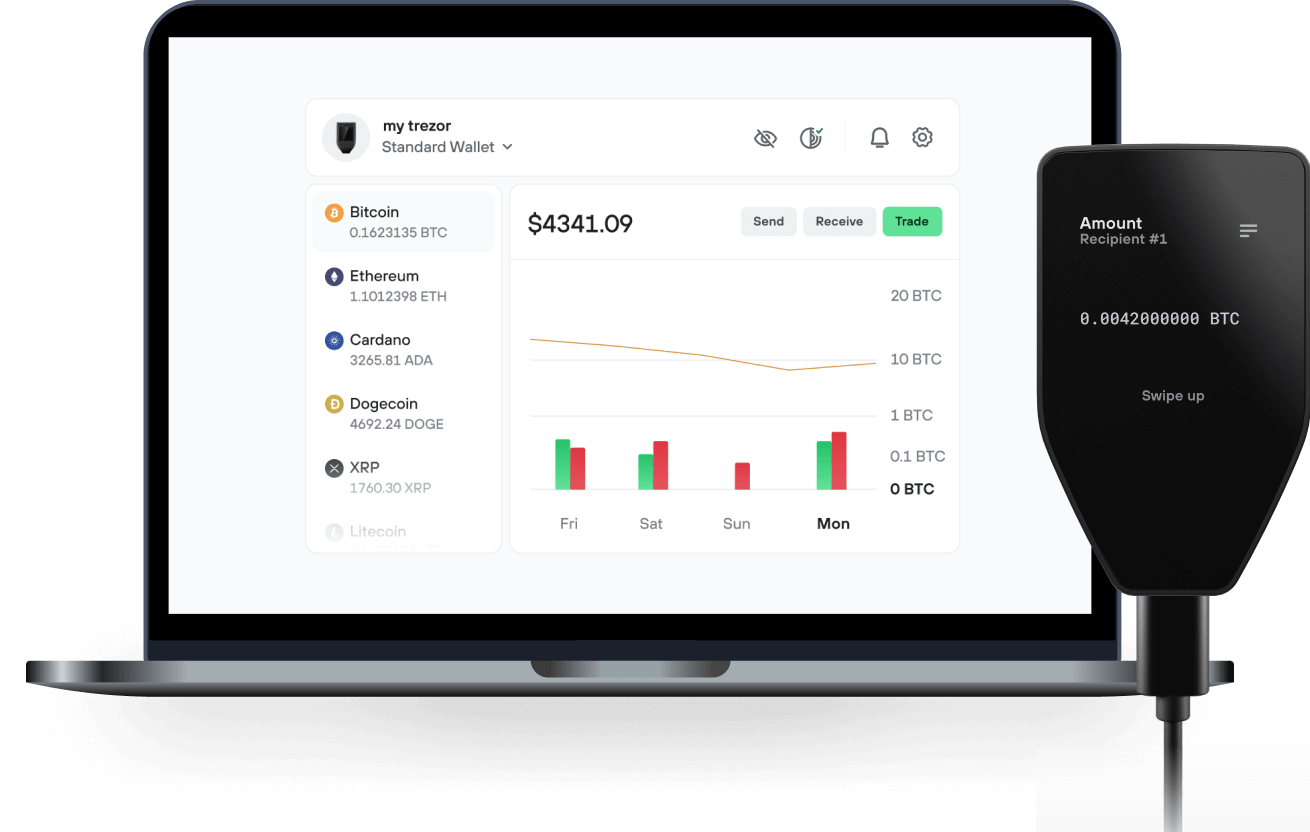
Send & receive your Holo with the Trezor Suite app

Send & receive

Buy & swap
Trezor hardware wallets that support Holo
Sync your Trezor with wallet apps
Manage your Holo with your Trezor hardware wallet synced with several wallet apps.
Trezor Suite
MetaMask
Rabby
Supported Holo Networks
- Base
- Ethereum
- Harmony Shard 0
- Arbitrum One
- Energi
Why a hardware wallet?
Go offline with Trezor
- You own 100% of your coins
- Your wallet is 100% safe offline
- Your data is 100% anonymous
- Your coins aren’t tied to any company
Online exchanges
- If an exchange fails, you lose your coins
- Exchanges are targets for hackers
- Your personal data may be exposed
- You don’t truly own your coins
How to HOT on Trezor
Connect your Trezor
Install Trezor Suite app
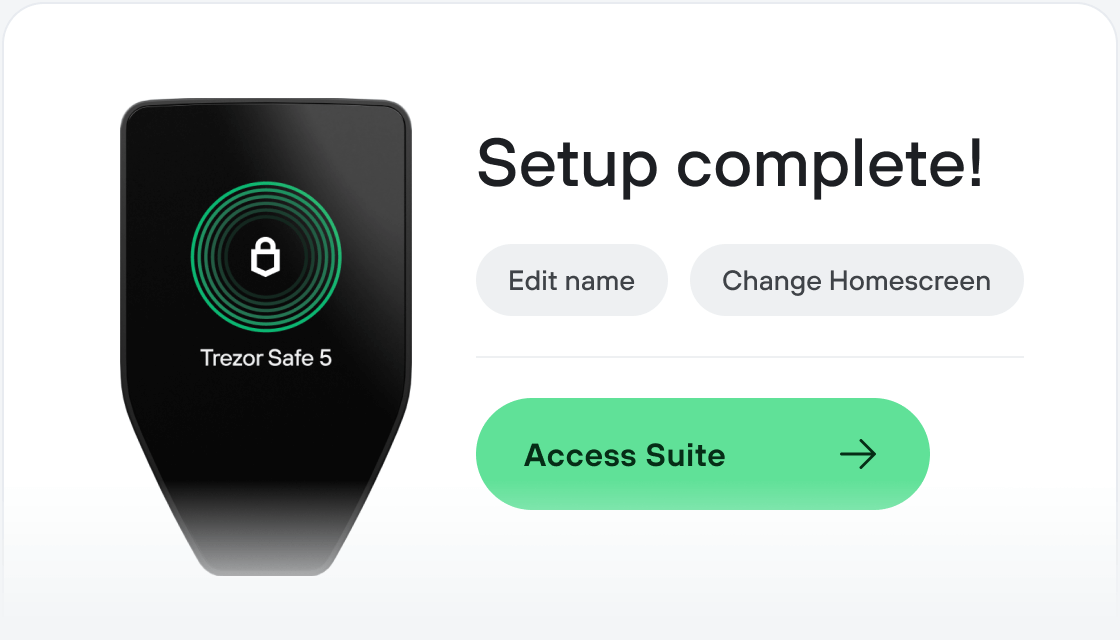
Transfer your HOT
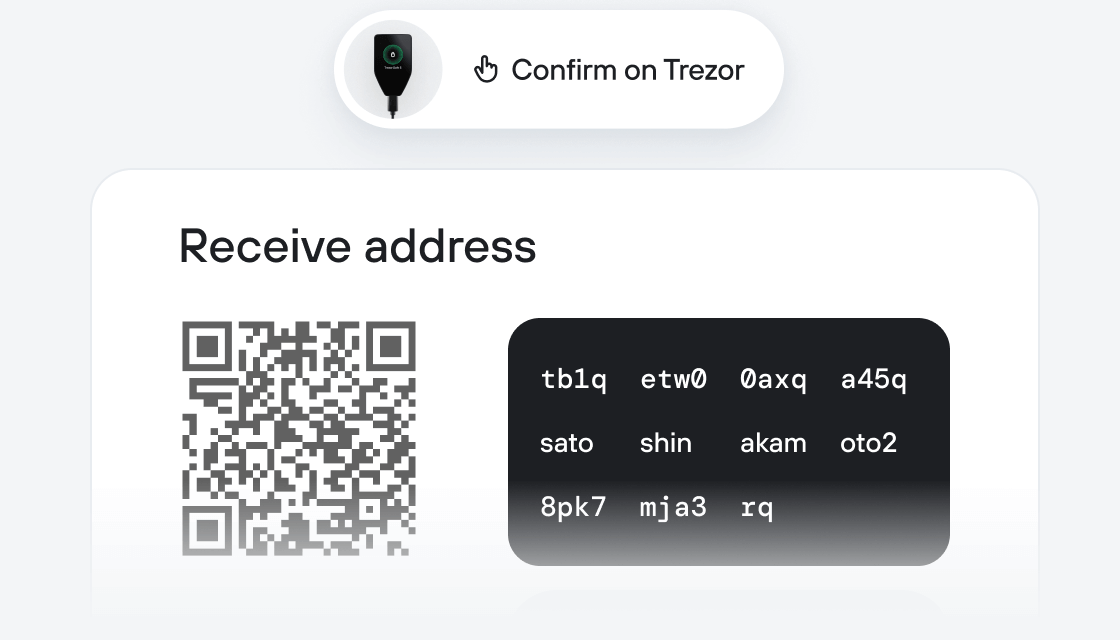
Make the most of your HOT
Trezor keeps your HOT secure
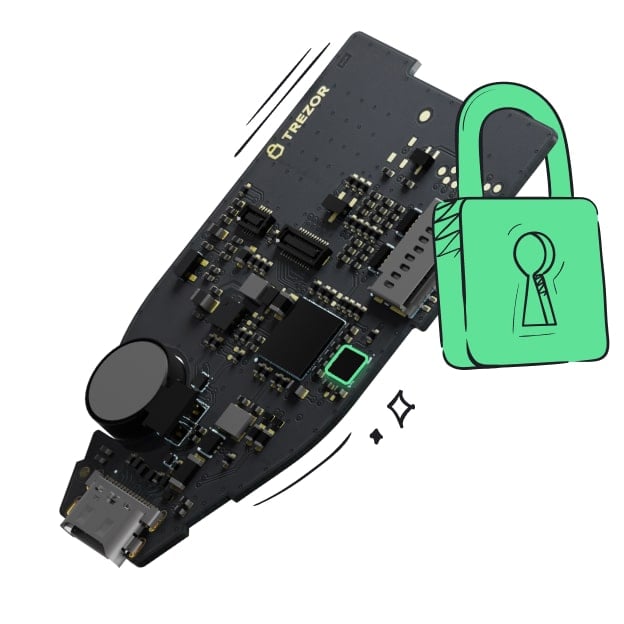 Protected by Secure Element
Protected by Secure ElementThe best defense against both online and offline threats
 Your tokens, your control
Your tokens, your controlAbsolute control of every transaction with on-device confirmation
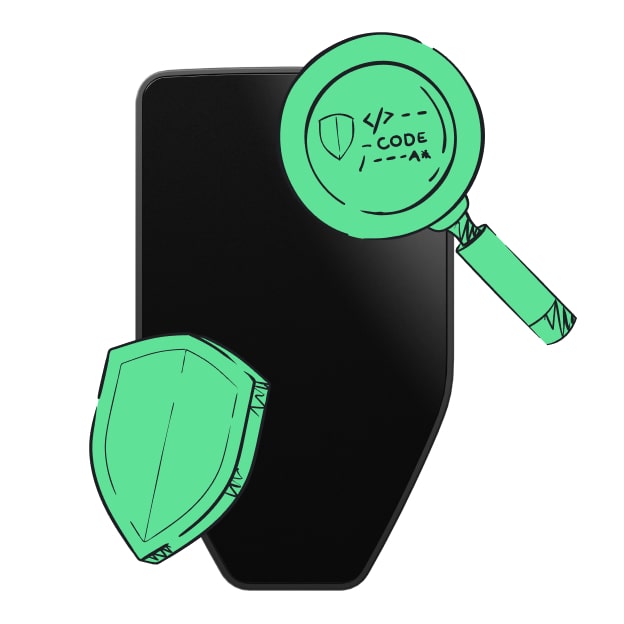 Security starts with open-source
Security starts with open-sourceTransparent wallet design makes your Trezor better and safer
 Clear & simple wallet backup
Clear & simple wallet backupRecover access to your digital assets with a new backup standard
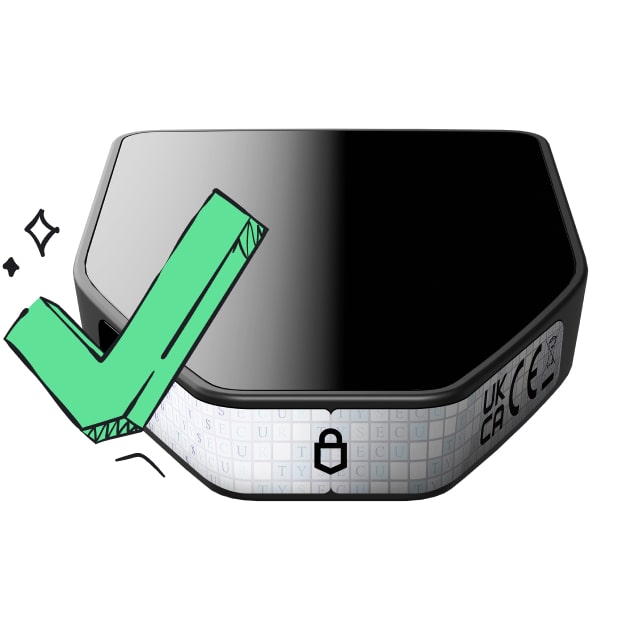 Confidence from day one
Confidence from day onePackaging & device security seals protect your Trezor’s integrity
Holochain enables a distributed web with user autonomy built directly into its architecture and protocols. Data is about remembering our lived and shared experiences. Distributing the storage and processing of that data can change how we coordinate and interact. With digital integration under user control, Holochain liberates our online lives from corporate control over our choices and information.
Holochain is an energy efficient post-blockchain ledger system and decentralized application platform that uses peer-to-peer networking for processing agent centric agreement and consensus systems between users.
Holochain enables any device to have its own chain based ledger system. By using a holographic model for data storage and transfer developers can now create decentralized applications that can scale in multiple dimensions across a network ensuring they are truly distributed. This enables every device on a network to function independently, and only requires the synchronization of data when necessary, or agreed upon by users. This means every user is in control of their own data, and never has to risk their data being sold or exposed to 3rd parties like what just happened with Facebook and Cambridge Analytica.
Holochain provides a framework for developers to build decentralized applications and aims to change the paradigm of data-centric blockchains to an agent-centric system. In Holochain’s fledgling system, no true global consensus is maintained. Instead, each agent in the public blockchain maintains a private fork, essentially, that is managed and stored in a limited way on the public blockchain with a distributed hash table. This means there are no scalability limits and dapps hosted on Holochain can do much more with less of nearly everything than traditional blockchains.
This system however has some inherent weaknesses. Because the entire blockchain must be verified by each member of the network, scalability problems quickly develop. The larger the amount of data being handled, the more restrictive the limit of transactions per second that can occur on the blockchain at any one time.Holochain itself is open source and written in Go. Go was selected for its ease of use and similarity to C. Dapps written specifically for Holochain can be developed with JavaScript or Lisp, with support for front-end systems using CSS, HTML, and JavaScript.
The developers added that Holochain is relatively flexible when it comes to handling new languages, so there is potential for growth on that front. Holochain bills itself as an environmentally friendly alternative to traditional blockchains. Because there is no need for each individual agent to store and validate the global blockchain, Holochain only consumes a fraction of the bandwidth of traditional chains. Holochain also does not have a mining component, so there’s no electricity or processing power spent on proof-of-work calculations.
Arthur Brock and Eric Harris-Braun are the co-founders of Holochain and creators of Holochain. They have been designing alternatives currencies since the 80’s and have been working on Holu since before the Bitcoin whitepaper was written. To protect the incentives of users, founders and developers, Holochain is owned by a non-profit foundation. he company’s advisory team also includes Ryan Bubinski, the co-founder of CodeAcademy. In June, Holochain announced a new strategic partnership with Promether, an Adaptive Symbiotic Platform (ASP) that implements all the networking, security and anonymization code applications need to protect their data.